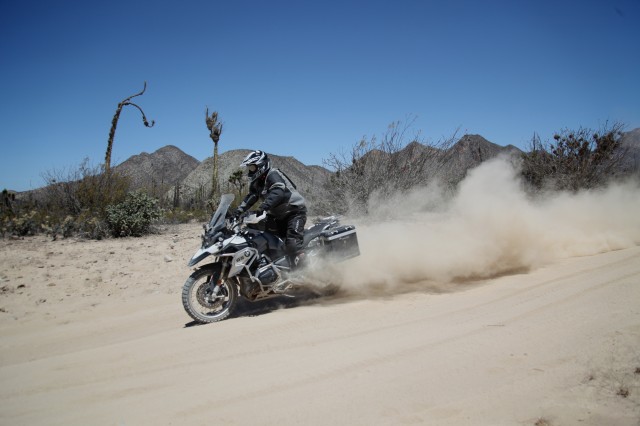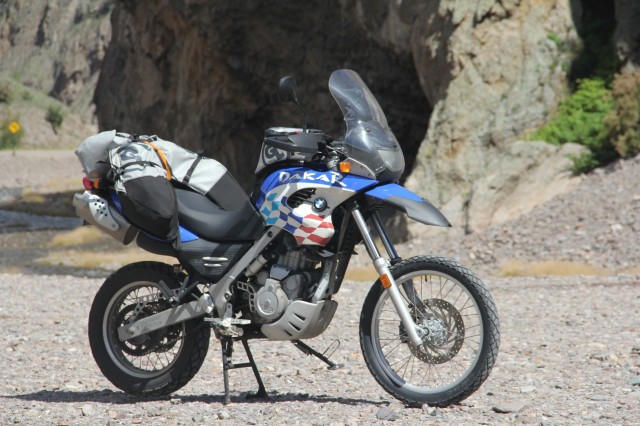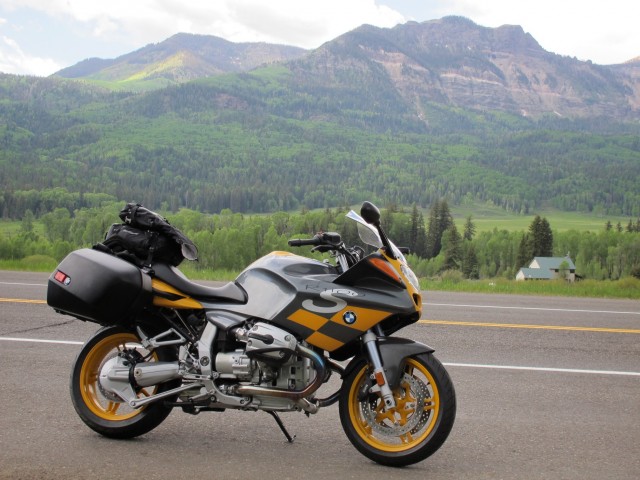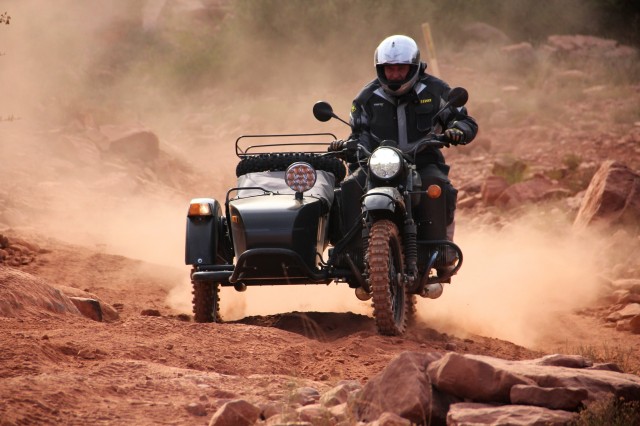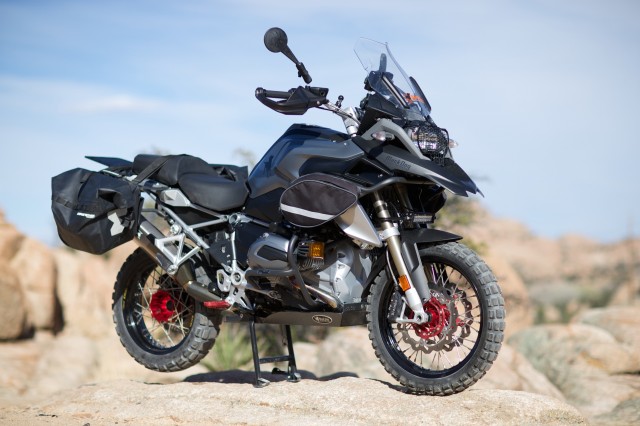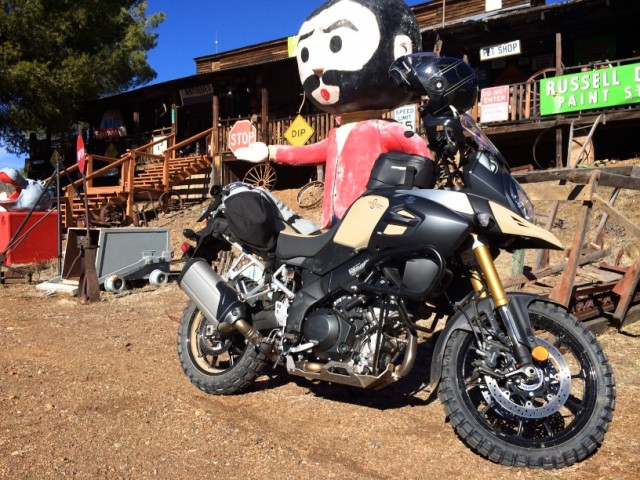For the new adventure rider, or one returning to the bike after a prolonged hiatus from riding, bike selection is the single most important decision to be made. Choosing the right bike not only ensures riding enjoyment, but it certainly influences rider safety. There are a number of considerations to carefully evaluate, some carrying more importance that others.
Displacement
In a nutshell, displacement is simply a measurement of engine size. This is not to be confused with engine power, although there is a strong correlation between the two. Traditional wisdom has encouraged new riders to embrace smaller, less powerful motorcycles, something that is actually mandated by law in some countries. It’s not a bad idea, as giving a new rider a fist full of big horsepower may not be the safest idea. Whereas a small bike can have as little as 45 hp, a full-blown big bike can churn out a neck bending 120 hp or more. More is not always better for obvious reasons.
It’s also important to note that even some experienced riders prefer small bikes. Lois Pryce has ridden extensively around the world with her rather humble 250cc bike. The other reason for starting with a smaller displacement motorcycle is relative to it’s more manageable overall size, lower weight, and frankly, they’re often cheaper. A common starter platform is usually in the ballpark of 650cc or less. Bikes like the Suzuki DR 650 or Kawasaki KLR 650 afford the rider ample power for highway sessions, without the intimidating power of bigger machines.
Overall size and weight
If you are new to riding, the last thing you need is a hulking 600 pound wrestling partner. A modestly sized beginner bike can be as light as 350 pounds. A fully loaded adventure bike of larger displacement can easily approach 700 pounds with a full tank of gas. When that 700 pounds starts to succumb to the grip of gravity, nothing is going to stop it. If you ride solo, you might also want to give the bike weight plenty of thought. When, not if, your bike falls over, you have to be able to pick it up.
Because not all riders and motorcycles are of the same size, choosing a platform that accommodates your stature, big or small, is important. Some bikes like the rather tall Honda XR650 are a tough match for those with shorter legs. On the flip side, a rider well over 6-feet tall might not be ideally paired to something like Ducati’s new Scrambler. Be sure to swing a leg over your prospective purchase to ensure it will be a good fit.
Design purpose
The adventure bike category has ballooned over the years to encompass bikes of all shapes and sizes with a widening spectrum of intended applications. While some motorcycles are carefully engineered to excel in the dirt at the sacrifice of highway performance, others display the inverse attributes. Identifying where you want to ride, and how you want to ride, should have a large influence on the bike you select. If you don’t particularly like riding off-road, and don’t see yourself doing it very often, then by all means purchase a more road-biased motorcycle. Plenty of adventure can be found even on paved roads.
Even if you don’t touch dirt, you can still find ample adventure on the pavement.
Carrying capacity
Most of the people drawn to adventure riding will eventually extend their rides over the course of multiple days, and will need to portage the necessary gear to do so. We will cover luggage solutions in the weeks to come, but suffice it to say, not all motorcycles shoulder luggage with equal efficiency. If for example you intend to ride around the world someday, a 200cc bike may not accommodate the weight of the necessary loads. Conversely, if all you plan to do is the occasional overnighter in your local woods, having 85-liters of hard case storage just might be overkill.
Serviceability
This might be a minor concern for some motorcycle owners, but it will influence the purchase of many. If you buy an Italian exotic for example and the nearest dealer is 500 miles away, that could complicate your repair and servicing options. This shouldn’t discourage you from owning the motorcycle of your dreams, but keep it in mind.
X-Factor
This is the one aspect of motorcycle ownership that really should get more attention. Motorcycles will never fall under the auspices of practical transportation. Save that for the Honda Civic. Motorcycles, and the experience of riding them, is visceral and exhilarating. If the motorcycle you’re about to purchase doesn’t really speak to you, don’t buy it. If you don’t love the bike you have, you won’t ride it. If however, you love your bike so much it makes you leave work early just to get an extra five minutes of ride time before the sun sets, then you have chosen well.
In the end, you want to select a bike that meets your immediate riding needs, but also offers a platform you can still enjoy as your skills develop. One last little bit of advice: Your first bike, particularly one used off-road, is eventually going to get damaged. It’ll hurt a lot less if that first bike is an inexpensive pre-owned bike and not some $25,000 showroom beauty. If you do buy the latter, just get it over with and put a scratch in it right away.




